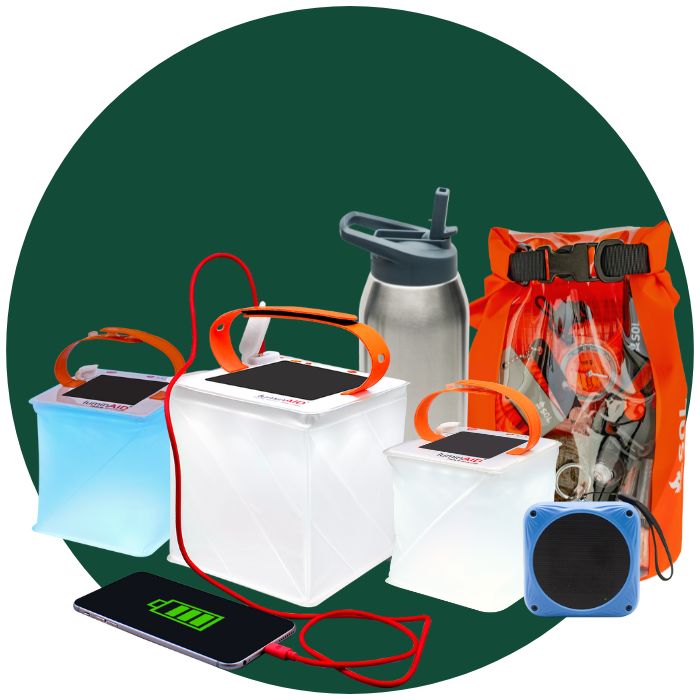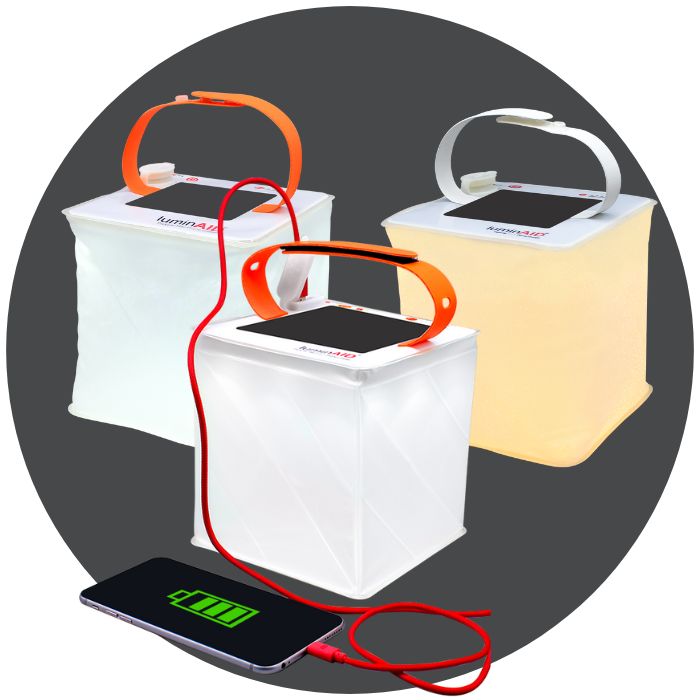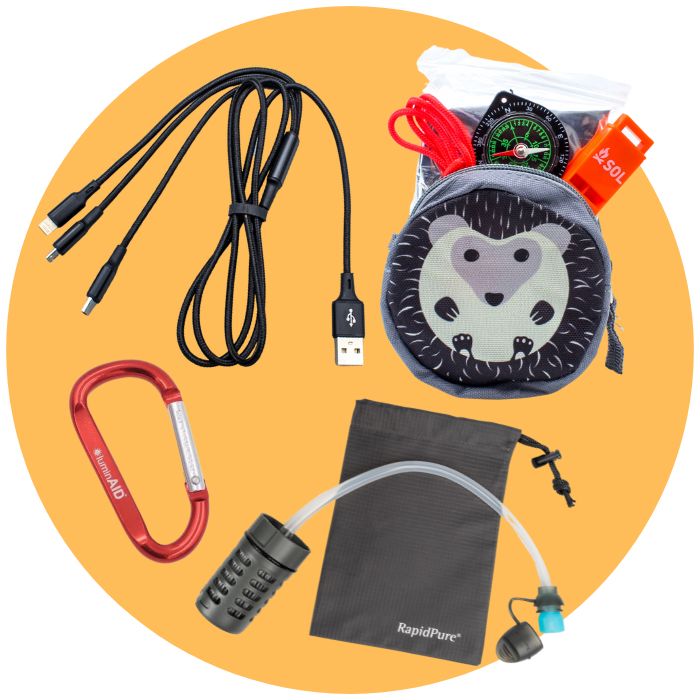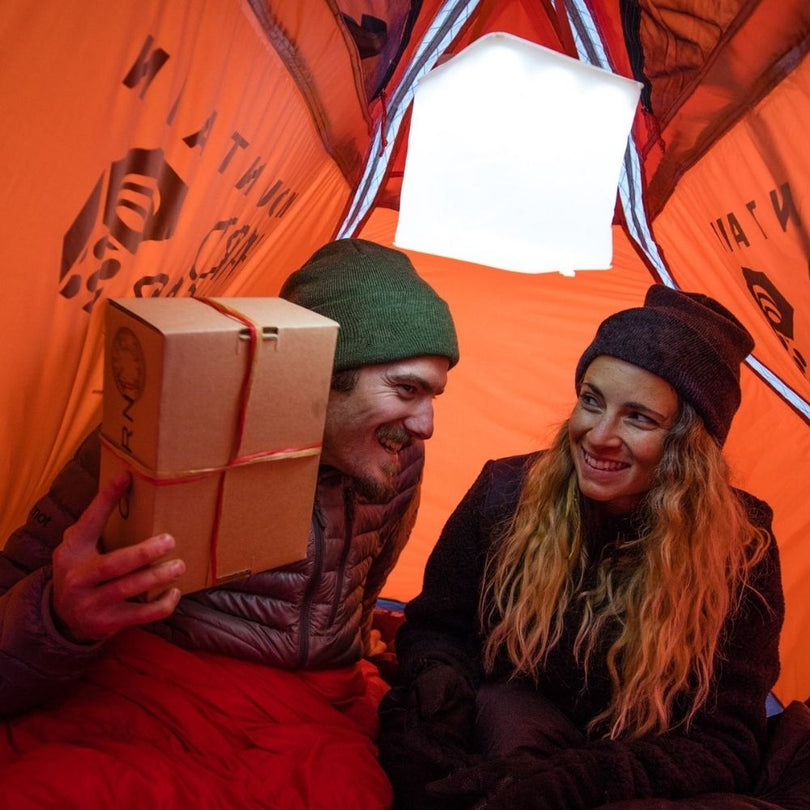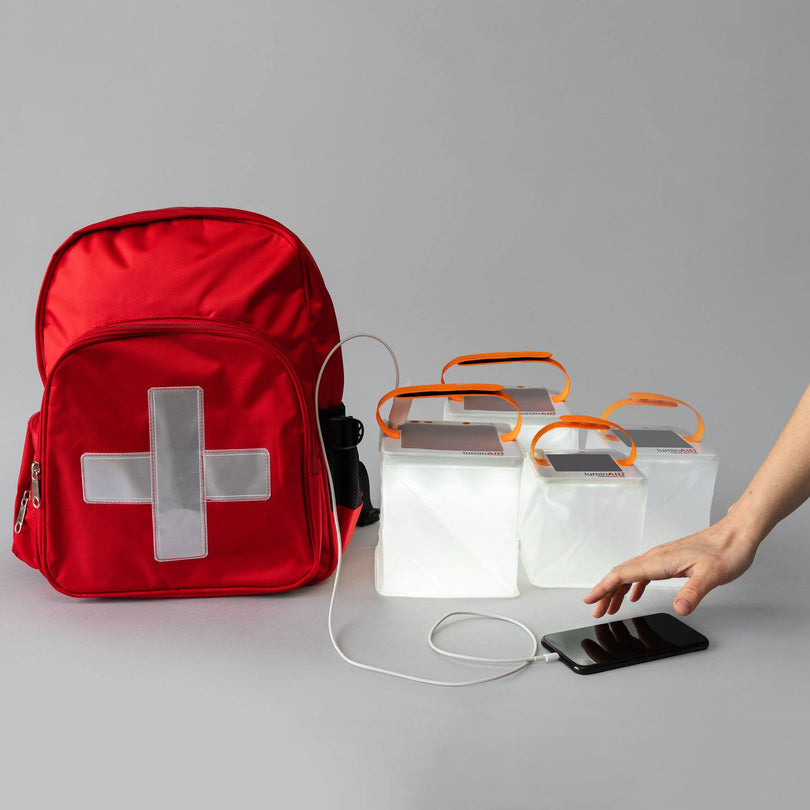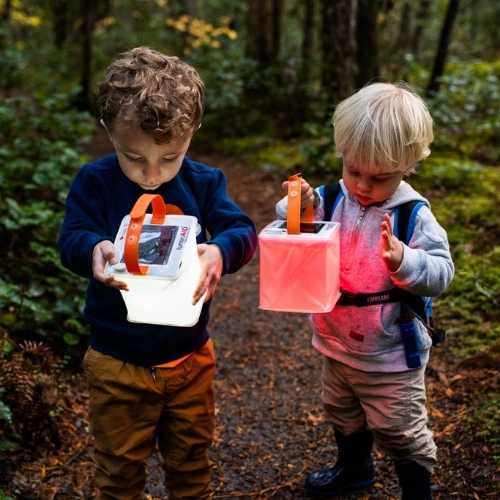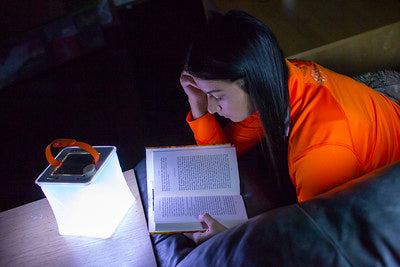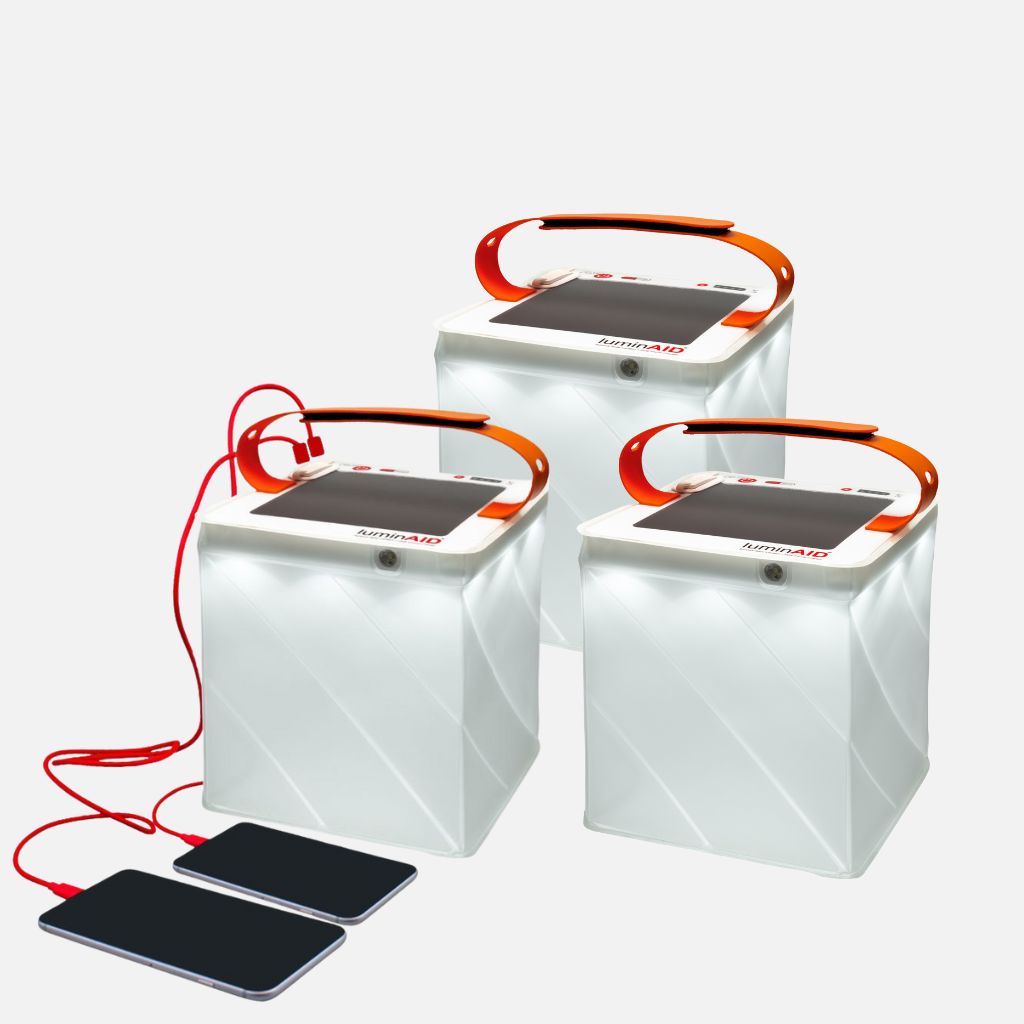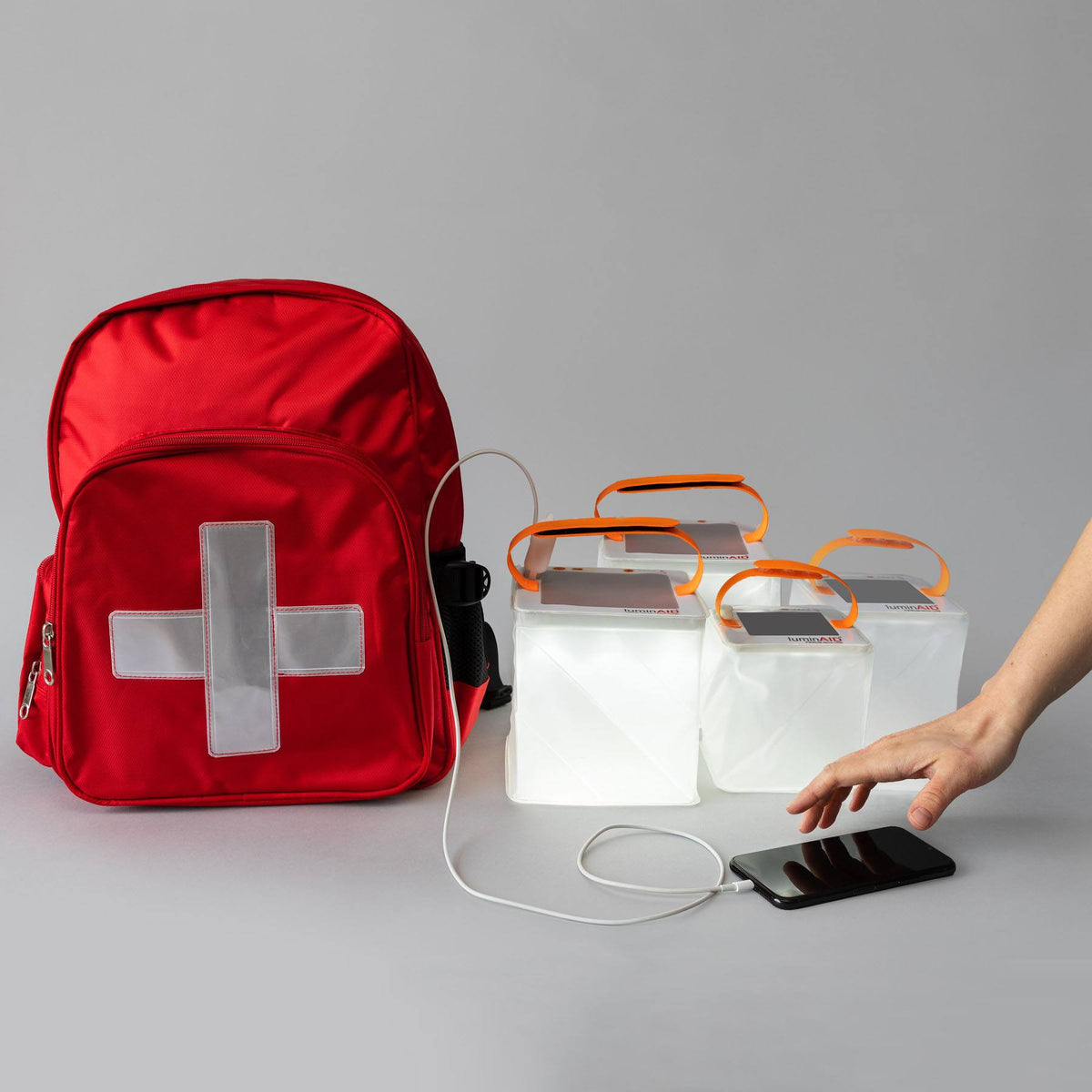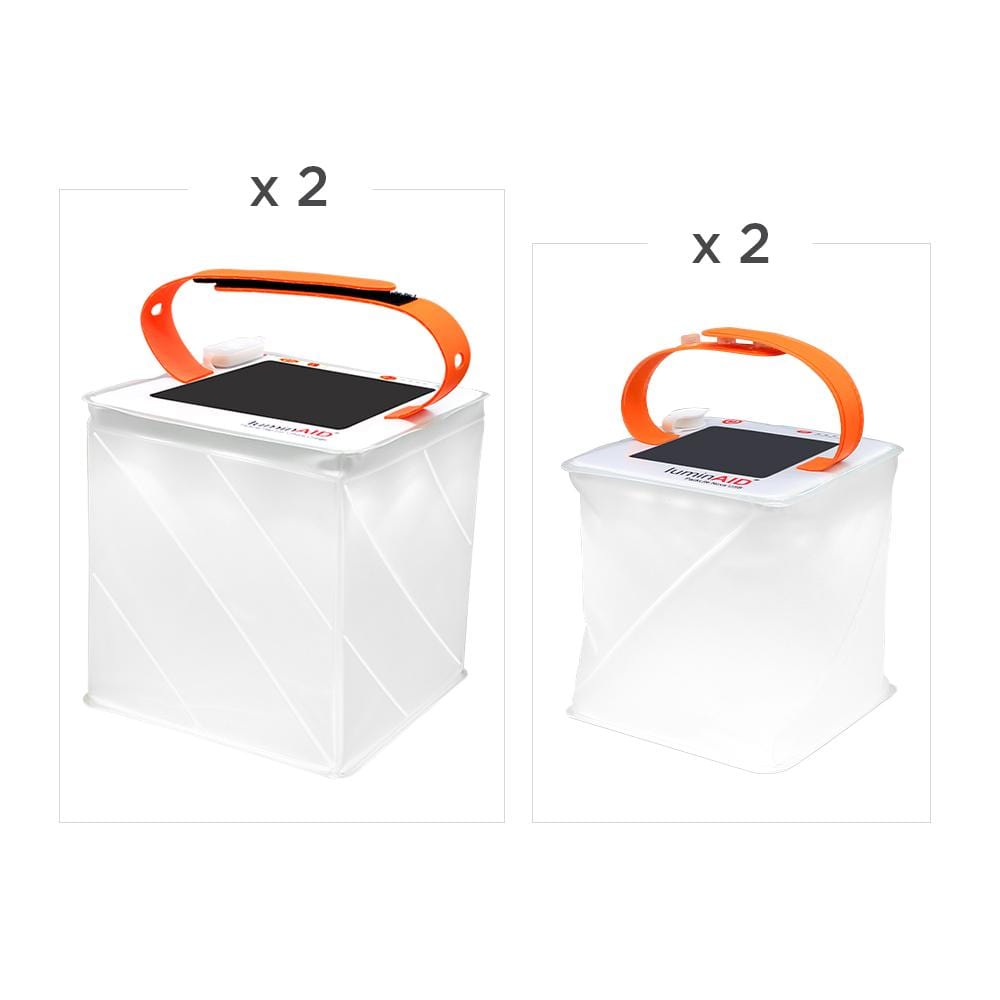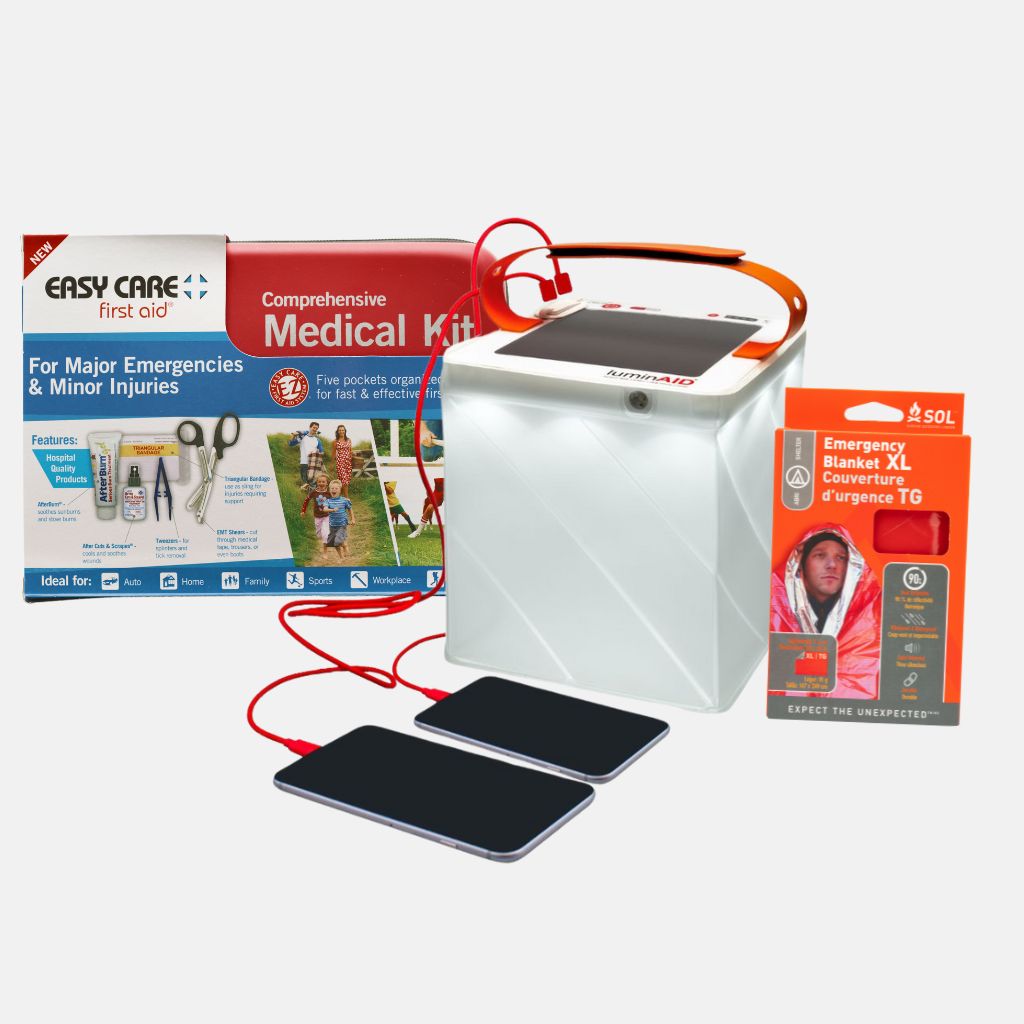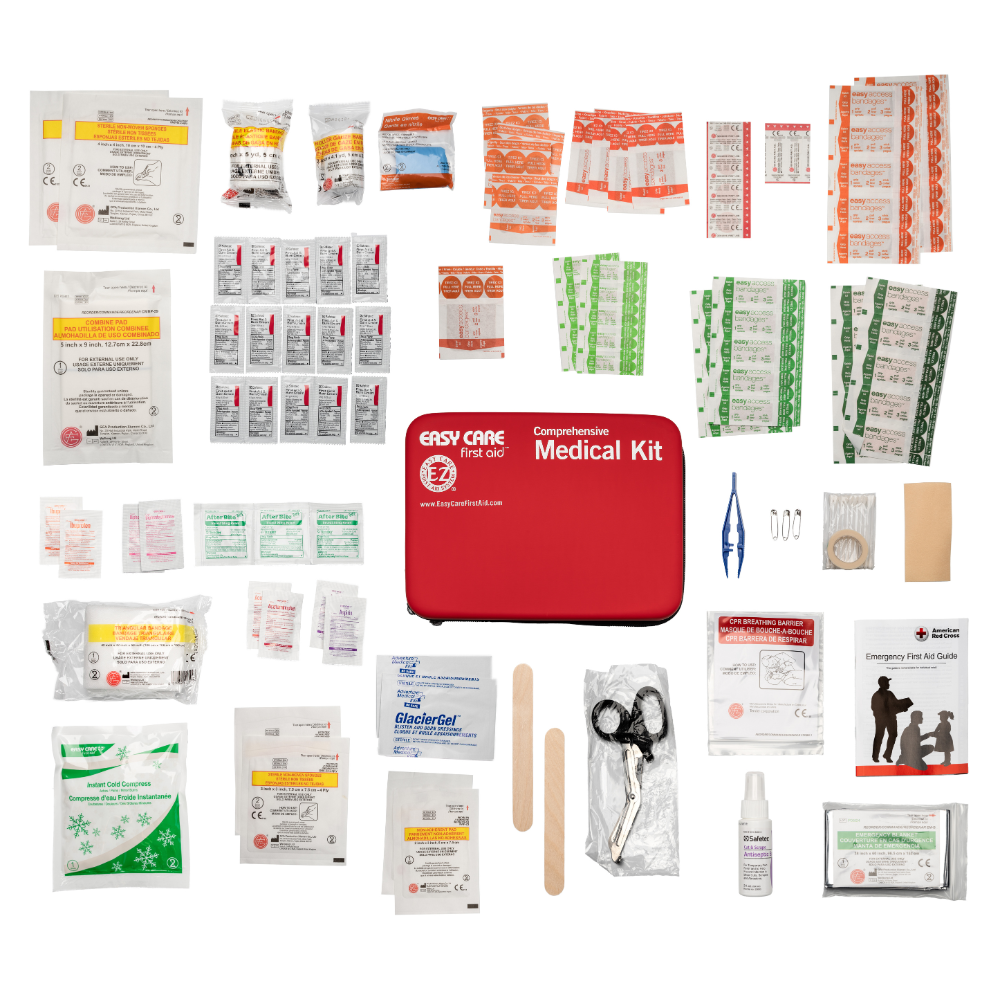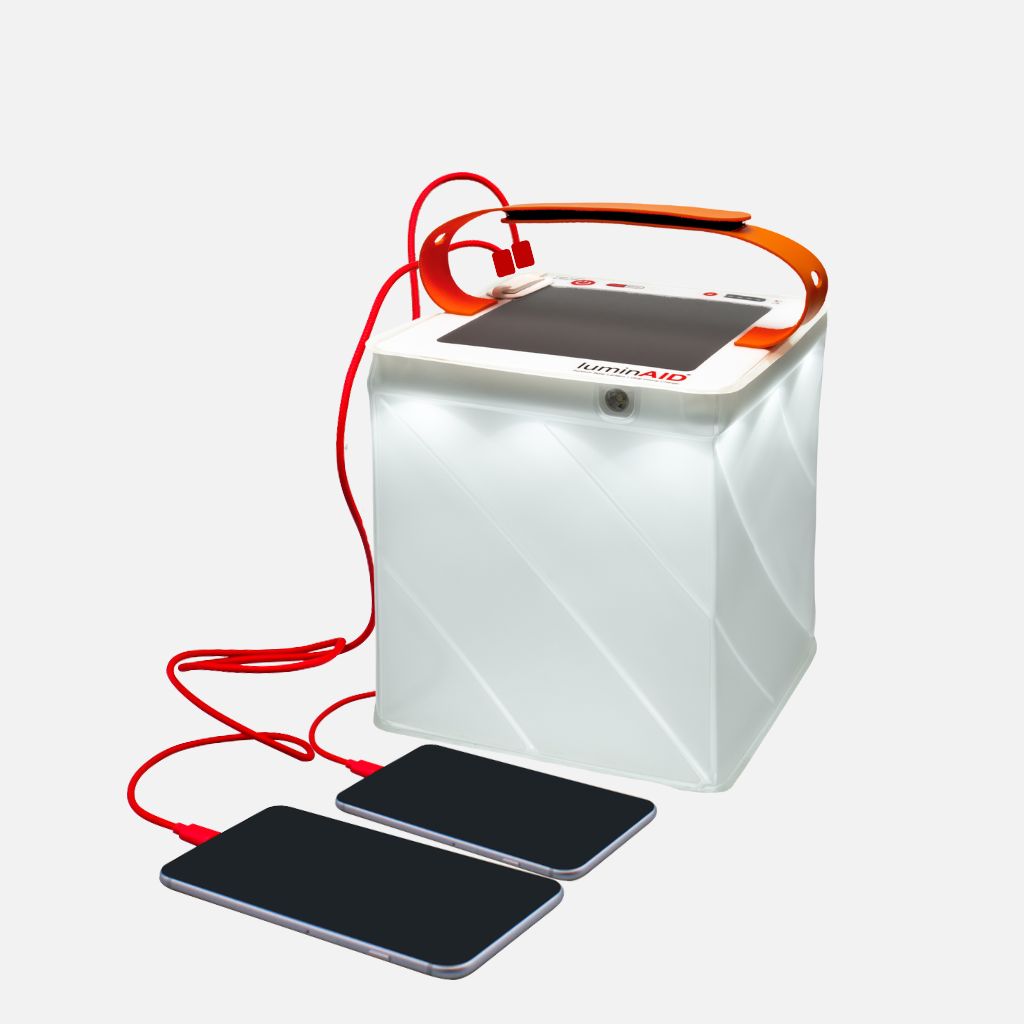Winter storms can be dangerous, and this danger is only made worse if the power goes out. However, with proper planning and preparation before the storms hit, you can make sure you keep you and your family safe. Here, we’ll give you some ways to protect your home and make outlasting the outage just a little bit easier.
Why do power outages happen in the winter?
Over 1.3 billion hours of power outages occurred in the United States alone in 2020, most of which happened during extreme winter conditions and storms. For example, in 2021 winter storm Uri caused more than half of Texas to lose power. Freezing rain, heavy snowfall, and strong winds can all be detrimental to local power grids, and can also make it more difficult for power companies to turn the power back on quickly, because of closed roads, and dangerous conditions.
Why are winter power outages dangerous?
Aside from the inconvenience of not being able to charge your phone, connect to the internet, watch TV, or warm up your food, power outages can quickly become dangerous if they impact your home heating during freezing temps. During extremely cold weather, home piping can freeze and burst, and power surges can fry your electronic appliances and damage your HVAC system. These can be costly to repair, which may have an impact on your finances. The damage may also keep your house cold, which is not ideal during winter months.
How much snow and freezing rain can cause a power outage?
6 inches of snowfall and heavy winds during winter storms are all it takes to cause tree branches to break and fall, potentially damaging power lines. Although that much snow may sound like a lot, mother nature can be quite unpredictable at times. Even more, it only takes one-quarter to one-half of an inch of freezing rain to be considered disruptive.
How to prep for a winter power outage
Start planning early
Getting ahead of the game is key to protecting yourself and your loved ones from winter power outages. Ideally, you should begin planning and preparing your home during the late summer and early fall months, before the season begins to change. Inspect your home and property for anything of concern, create a to-do list, and act quickly before winter arrives.
Winterize your home
If you take care of your home, your home will take care of you. In case there is a power outage, you want to make sure you can keep the warm air in and the cold air out, and the best way to do this is to make sure everything is insulated properly. This could mean adding weatherstripping to doors and windows, and insulating your attic if it needs it. Check and replace any missing shingles on your roof and clean your gutters. If you have a fireplace, it may be a good idea to get it inspected to ensure it’s clean and working properly.

Stock your pantry
Chances are, if your power is out due to unpredictable winter weather, then you’re locked in until the conditions get better. This is why it’s important to make sure you stock up on food and have enough water for your needs. According to the American Red Cross, plan to have a 2-week’s supply of canned, dried, and non-perishable foods, and a gallon of water per person per day. It’s better to have too much in stock than not enough.

Emergency Lighting
The last thing you need in an emergency is your flashlight batteries dying on you when you need it the most. Be proactive, check that your flashlight is working properly regularly, and keep spare batteries on hand.
While flashlights are great, a hands-free light that can illuminate a whole room is arguably better. With a LuminAID lantern, you can use dispersed light to more evenly illuminate large spaces, and even use it to charge your phone! As a bonus, it’s rechargeable with solar energy, making it a handy battery-free tool for your power outage arsenal.
Protect your pipes
For those that live where cold winters are common, then the dangers of bursting pipes may be familiar to you. Power outages only increase this risk, as pipes may freeze inside and outside your home without proper heating and insulation. To protect your home (and your wallet), insulate any external pipes and weatherize any openings to the outside. As an added layer of protection, let your faucet drip overnight to help prevent the pipes from freezing if you’re still worried.
Buy a generator
There’s no time like the present to invest in a generator, whether it’s professionally installed to power home appliances, or a smaller portable generator that you can pull out when you need it. However, it is important to know that using a generator does come with its own safety concerns, so be aware of carbon monoxide poisoning, electrocution, and fire hazards. Make sure to follow the manufacturer's recommendations closely and do not use them in enclosed spaces (this includes your garage).
Check or get a carbon monoxide detector
This is especially important if you have a generator or gas stove in your home, as carbon monoxide has earned its fame as the “silent killer” for a reason. Protect yourself for just a few bucks with a detector. Be sure to check the batteries biannually, and learn the symptoms of carbon monoxide poisoning.

Get a radio
Although it’s often overlooked, keeping a simple radio with extra batteries on hand is highly recommended. This is a great way to stay informed on local emergency and safety updates in your area.

Get a power bank
Portable power banks can be a great tool to keep in your winter power outage kit since they can hold charge for long periods of time, such as LuminAID’s PackLite Titan which can store 4000mAh for up to 2 years. That’s enough power to charge 3 phones in an emergency simply by charging it once and keeping it in your kit.
Keep your car’s gas tank full
In the days leading up to a storm, try to keep your gas tank as full as possible, since gas stations will not work without electricity. You don’t want to run the risk of not being able to evacuate in an emergency.
What to do during a winter power outage

Dress for the weather
Layered clothing is the secret to warmth here. Start with a snug insulating layer such as thermal underwear and a waffle-knit shirt. Next, add some long wool socks and pants (bonus points if they’re insulated and water resistant), and another 3-4 layers of loose fitting shirts. Finally, finish your outfit off with a fleece or fur coat to lock the heat in. For extremely harsh weather conditions, it may be worth investing in a thermal blanket, a specially engineered blanket that uses heat-reflective metalized material to retain heat. There are numerous different ways to use a thermal blanket besides just staying warm, such as using it as an arm sling for first aid, turning it into rope, or using its waterproof attributes to keep things dry.
Wear a hat
Most of the body’s heat is lost through the head and neck due to increased blood flow, so it is crucial that you wear a winter hat and scarf to preserve warmth. Gloves are also recommended, as the wrists can be another large area of heat loss.

Keep kids and pets safe
While some children may find a power outage to be new and exciting, they can also be frightening to others. Keeping children safe and comfortable should be a priority as they are less likely to know what is happening. Avoid using candles as they pose a fire hazard around children and pets, and instead try solar lanterns. Provide your pets with extra bedding, and dress kids in layers so they can stay warm, too. Find ways to keep children distracted, such as playing board games or reading a book together. You can turn a scary situation into an exciting time!
Keeps doors and windows closed
Avoid allowing cold drafts to enter your home and heat to exit by keeping your windows closed. Keeping doors shut to rooms you’re not in also helps limit wasted heat. For especially large gaps under doors or windows, you can stuff a rolled up towel or rag where you feel a draft.
Stay away from downed power lines
Assume any downed power line you see is live, and stay at least 35 feet away at all times - you can get electrocuted through the ground if you get too close. Make sure to report the downed line to your local electric company so they can begin repairing it as quickly as possible.
Don’t run the generator inside your house
Many generators use gas or diesel to run, which emit carbon monoxide as they are burned. To ensure that no one is exposed to these toxic fumes, do not under any circumstances use a generator inside of your home. Only run a generator in a well ventilated, outdoor area away from any windows or doors.
What to do after a winter power outage
Check the food in the fridge
While an unopened fridge can keep food cold for up to 4 hours, you should check your fridge for any food that may have gone bad. If you have a full freezer, the grace period can be upwards of 48 hours; however, it is still good practice to make sure frozen foods did not thaw out too much during the power outage.
Check your pipes
Once your power is back on and you’ve given your pipes a chance to warm up, turn your faucets on and make sure you have proper water pressure. Check for leaks and pooling water under pipes, or signs of water damage in the walls, ceiling, and floor. If you see anything that could be concerning, turn your water off and call a plumber right away.
Check your hot water heater
Give your hot water heater some time to reach maximum temperatures after a power outage in order to accurately test its functionality. Some clear signs that something is wrong are inconsistent water temperatures, discolored water, or a leaking water heater.

Summary
Winter storms and power outages are dangerous, and the earlier you prepare your home and your family, the better off you will be in the case of an emergency. Preventative maintenance is just as important as knowing what to do if and when a power outage strikes. Make a game plan early on, stock up on supplies and build your winter emergency toolbox. The more prepared you and your family are, the happier you’ll be knowing that you can overcome anything coming your way.

